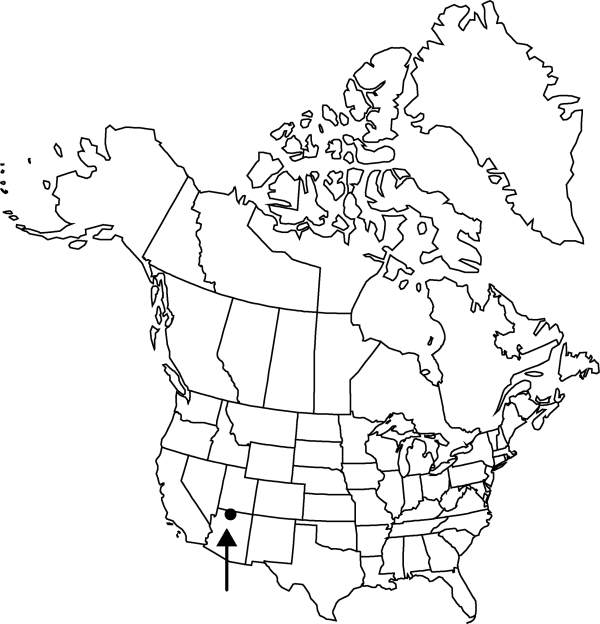Difference between revisions of "Pediocactus paradinei"
Cact. Succ. J. (Los Angeles) 29: 136, figs 83, 84. 1957.
FNA>Volume Importer |
FNA>Volume Importer |
||
| Line 55: | Line 55: | ||
|publication year=1957 | |publication year=1957 | ||
|special status= | |special status= | ||
| − | |source xml=https://jpend@bitbucket.org/aafc-mbb/fna-data-curation.git/src/ | + | |source xml=https://jpend@bitbucket.org/aafc-mbb/fna-data-curation.git/src/f6b125a955440c0872999024f038d74684f65921/coarse_grained_fna_xml/V4/V4_399.xml |
|subfamily=Cactaceae subfam. Cactoideae | |subfamily=Cactaceae subfam. Cactoideae | ||
|genus=Pediocactus | |genus=Pediocactus | ||
Revision as of 20:00, 24 September 2019
Plants unbranched. Stems subglobose to globose, 3–7.5 × 2.5–5.5(–8) cm; areoles circular to oval, villous. Spines smooth, thin and flexible, sometimes distinguishable as radial and central; radial spines 13–22 per areole, straight or curving irregularly, white, 20–25 × 0.2–0.3 mm; central spines 3–6 per areole, dense in mature plants, white to pale gray, straight, flexible, hairlike, 8–35 × 0.3 mm. Flowers 1.5–2.2 × 1.9–2.5 cm; scales and outer tepals minutely toothed or denticulate or entire and undulate; outer tepals brown midstripes with pale or white margins, oblanceolate, 8–20 × 3–6 mm; inner tepals light yellow to pink, oblanceolate, 15–20 × 4–6 mm. Fruits greenish yellow maturing to reddish brown, cylindric, 7–10 × 5–8 mm. Seeds black, 2.5 × 2 mm, papillate but not rugose.
Phenology: Flowering spring.
Habitat: Gravelly limestone soils of pinyon-juniper, ponderosa pine, and grama grass communities
Elevation: 1500-2100 m
Discussion
Of conservation concern.
Pediocactus paradinei is endemic to the Kaibab Plateau region of northern Arizona.
Selected References
None.
